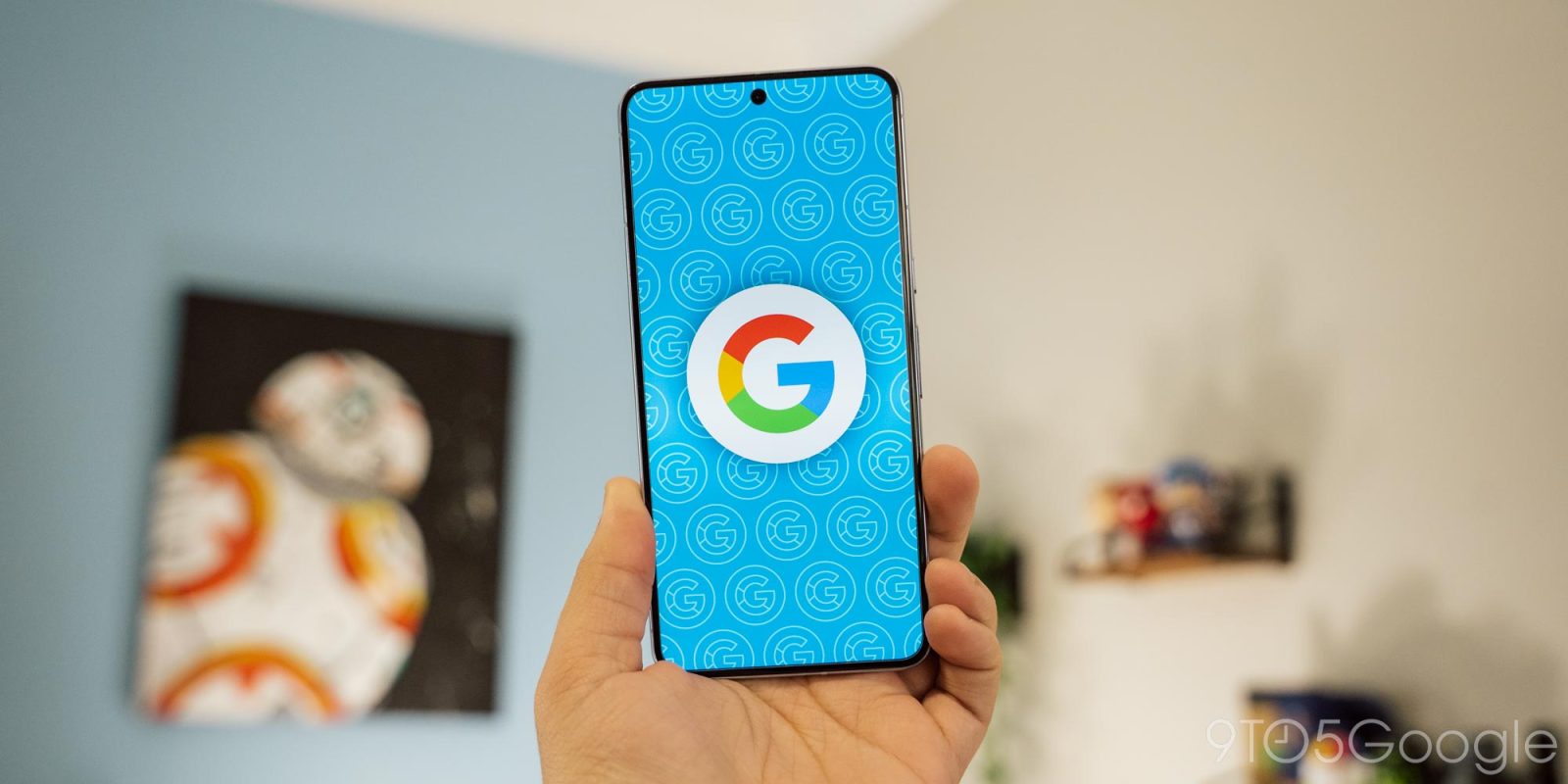
Google AdSense is debuting a new format for websites that converts existing text on a site into a shortcut for Google Search.
Available starting today to site owners, “ad intents” in Google AdSense places links into existing text on a webpage which can launch into Google Search. This new format, which requires no third-party cookies to show relevant ads, overlays Search results over the page you’re viewing when you click the link.
Anchors at the bottom of the page can also serve the same function, using text on the page to find relevant content to show users from Search.
Google explains:
Ad intents is an intent-driven format that places links and anchors into existing text and pages on your site related to your content. When a user interacts with a link or anchor, it opens a dialogue that shows users relevant, organic search results with ads and can help to increase your earnings. Ad intents shows highly relevant ads that don’t rely on third-party cookies.
Google further notes that links and anchors in this new ad intents format are not mutually exclusive. Sites can choose to show one or the other, but the company says they “work best together.” Google also tells site owners not to boost mentions of specific products on a page as a means to increase how often ad intents are shown (advice that many sites will surely ignore).
Notably, both formats also work across both mobile and desktop platforms.

Google, through multiple support pages describing this new ad format, explains that these overlay boxes show a “number of relevant ads” to the content of the page. It’s not directly clear, though, if all of the ads shown from Search are attributed to the publisher.
AdSense automatically converts text into ad intent links on your pages where we can detect eligible content. When a user clicks on an ad intent link, a dialogue opens with a number of ads which are relevant to the link that the user clicked.
With ad intent links in particular, Google says it will automatically determine the number of links shown, saying that it will “maintain a good user experience” by basing the number of links on the page’s word count.
While the number of ad intent links per page will depend on your content, we take steps to maintain a good user experience. This includes limiting the number of links per your page’s word count and avoiding having multiple, duplicate links close to each other.

This new ad format is available today to AdSense publishers and is opt-in.
Notably, this also comes as, lately, AdSense users have noted significant drops in revenue since February 2024.
More on Google:
- Google app is once again testing a bottom search bar redesign on Android
- Report: Google might make SGE a paid feature, not working on ad-free Search
- Google expanding AI-powered SGE to some users that didn’t sign up
Follow Ben: Twitter/X, Threads, Bluesky, and Instagram
FTC: We use income earning auto affiliate links. More.



Comments